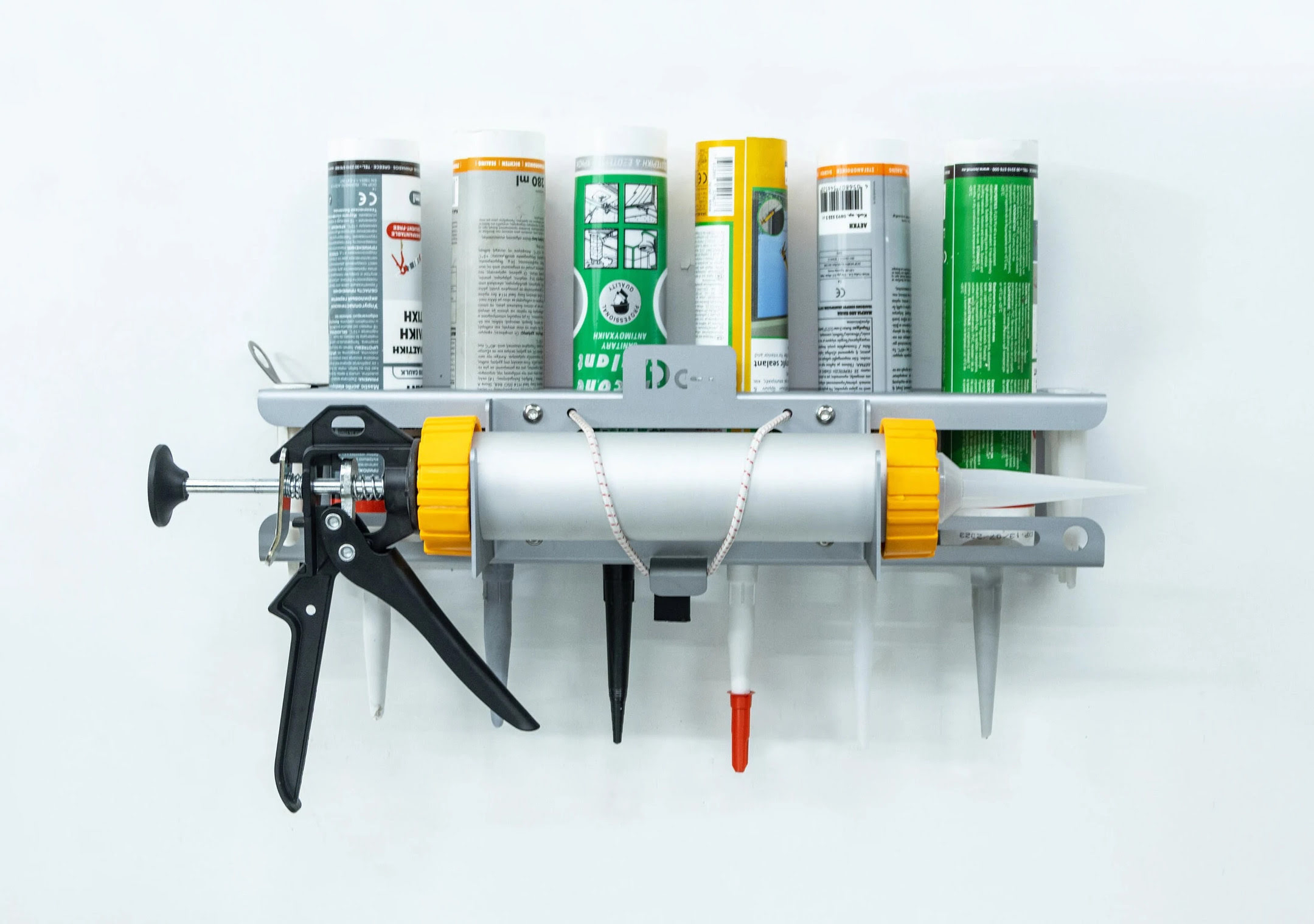

Articles
How To Store Caulk Tubes
Modified: May 6, 2024
Learn the best practices for storing caulk tubes in this informative article. Keep your sealants in top condition for all your projects.
(Many of the links in this article redirect to a specific reviewed product. Your purchase of these products through affiliate links helps to generate commission for Storables.com, at no extra cost. Learn more)
Introduction
When it comes to home improvement projects or DIY endeavors, having the right tools and supplies on hand is essential. One such item that often comes in handy is caulk. Caulk is a versatile material used for sealing gaps, cracks, and joints in various surfaces, including walls, windows, and doors. It provides a waterproof and airtight seal, preventing moisture, drafts, and other elements from infiltrating your living space.
While caulk is undoubtedly a valuable asset, it is crucial to understand that its effectiveness can be compromised if not stored properly. Improper storage can result in the caulk drying out, hardening, or becoming unusable, ultimately rendering it ineffective for future applications. To ensure the longevity and usability of your caulk tubes, it is essential to implement proper storage practices.
In this article, we will explore the importance of storing caulk tubes correctly and provide you with expert tips on how to maintain the quality and usability of your caulk for an extended period. Whether you are a seasoned DIY enthusiast or a homeowner looking to tackle a small repair job, understanding the best ways to store caulk tubes will save you time, money, and frustration.
Key Takeaways:
- Properly storing caulk tubes is crucial for preserving their quality, preventing waste, and ensuring reliable performance, ultimately saving time and money in home improvement projects.
- Choose the right storage solution, seal tubes tightly, and avoid common mistakes to extend the lifespan of caulk tubes, optimize their performance, and have them readily available when needed.
Read more: How To Store Caulking Tube
Why Proper Storage of Caulk Tubes is Important
Proper storage of caulk tubes is crucial for several reasons. Let’s explore why it is essential to take care of your caulk tubes:
- Preserve the Quality: When caulk tubes are stored improperly, it can lead to the drying out or hardening of the caulk. This makes it challenging to achieve a smooth application and a tight seal. By implementing proper storage techniques, you can preserve the quality of caulk tubes, ensuring they remain in a usable condition for an extended period.
- Prevent Waste: Storing caulk tubes correctly prevents unnecessary waste. If caulk tubes are not sealed and stored properly, the unused caulk can dry out and become unusable. This results in wasted money, as you would have to purchase a new tube to complete your project. By investing in proper storage solutions, you can prevent the need for frequent repurchases and save money in the long run.
- Ensure Reliable Performance: Caulk that has been stored properly maintains its adhesive properties and remains pliable. This is essential for achieving a reliable and long-lasting seal. Improperly stored caulk can lose its adhesive strength, leading to gaps or cracks in the sealed area. By storing caulk tubes correctly, you can ensure that the caulk performs as intended, providing a secure and durable seal.
- Convenience and Accessibility: Proper storage of caulk tubes also offers convenience and accessibility. When you have a designated storage system in place, you can easily locate and access the caulk tubes whenever you need them. This saves you time and minimizes frustration, allowing you to complete your projects efficiently.
- Extend Lifespan: By following proper storage practices, you can extend the lifespan of your caulk tubes. This means you can have caulk readily available whenever you need it, without worrying about its expiration or degradation. This is particularly beneficial for individuals who use caulk tubes infrequently or for occasional touch-ups.
Understanding the importance of proper storage for caulk tubes is the first step in ensuring the longevity and effectiveness of this versatile material. By taking the necessary precautions, you can reap the benefits of having high-quality caulk tubes on hand for all your home improvement needs.
Different Types of Caulk Tubes
Before delving into the best practices for storing caulk tubes, it’s essential to understand the different types of caulk available. Different types of caulk serve different purposes and are designed for specific applications. Here are some common types of caulk tubes:
- Silicone Caulk: Silicone caulk is known for its flexibility and durability. It has excellent resistance to moisture, making it suitable for sealing gaps and joints in areas prone to water exposure, such as bathrooms and kitchens. Silicone caulk comes in both clear and colored options, providing versatility in matching different surface finishes.
- Latex Caulk: Latex caulk, also known as acrylic caulk, is a popular choice for interior applications. It is water-based and easy to clean up with soap and water. Latex caulk is suitable for sealing gaps, cracks, and joints in walls, baseboards, and trim. It can be painted over once it has cured, making it ideal for achieving a seamless finish.
- Butyl Rubber Caulk: Butyl rubber caulk is a versatile type of caulk that offers excellent adhesive properties. It is commonly used for sealing roof flashings, gutters, and other exterior applications. Butyl rubber caulk is highly durable and resistant to both extreme temperatures and UV rays.
- Polyurethane Caulk: Polyurethane caulk is a flexible and durable caulk that adheres well to various surfaces, including wood, metal, and concrete. It is UV resistant and can withstand extreme weather conditions, making it suitable for both indoor and outdoor applications. Polyurethane caulk is commonly used for sealing gaps, cracks, and joints in windows, doors, and siding.
- Fire-Rated Caulk: Fire-rated caulk is specifically designed to provide fireproofing and prevent the spread of flames and smoke. It is used in areas where fire protection is required, such as around electrical outlets, plumbing pipes, and HVAC ducts. Fire-rated caulk is typically formulated with special additives that allow it to resist high temperatures and maintain its integrity in the event of a fire.
These are just a few examples of the different types of caulk tubes available. When selecting the right caulk for your project, consider factors such as the type of surface, intended use, and environmental conditions. Understanding the characteristics of each type of caulk will help you choose the most suitable product and optimize its storage for long-lasting performance.
Factors to Consider When Choosing Storage
Choosing the right storage solution for your caulk tubes is essential to maintain their quality and usability. Here are some key factors to consider when selecting a storage method:
- Airtightness: It is crucial to store caulk tubes in an airtight container or sealable bag to prevent air exposure. Air exposure can cause caulk to dry out or harden, rendering it unusable. Look for storage options that offer airtight seals to keep your caulk tubes protected.
- Moisture Control: Moisture is another factor that can impact the quality of caulk tubes. Excessive moisture can promote mold or mildew growth and compromise the effectiveness of the caulk. Choose a storage solution that keeps the caulk tubes dry and protects them from moisture damage.
- Temperature Stability: Temperature fluctuations can affect the consistency and adhesive properties of caulk. Extreme heat can cause caulk to dry out, while freezing temperatures can cause it to become less pliable. Select a storage method that maintains a stable temperature to ensure the caulk remains in optimal condition.
- Accessibility: Consider how easily you can access and retrieve the caulk tubes when needed. Opt for a storage solution that allows for easy access and organization, minimizing the time spent searching for the right tube when you need it.
- Space Efficiency: If you have limited storage space, consider solutions that maximize space efficiency. Look for stackable or compact storage options that can fit neatly in your designated storage area.
- Labeling: Proper labeling is essential to identify caulk tubes quickly. Ensure that your storage solution allows for clear labeling of the caulk type, color, and expiration date (if applicable). This will help you easily locate the desired caulk tube and ensure you are using the correct one for your project.
- Durability: Select a storage container or solution that is durable and long-lasting. The storage method should be able to withstand regular use and provide adequate protection for the caulk tubes.
Considering these factors when choosing storage for your caulk tubes will help maintain their quality and ensure they are ready for use whenever you need them. Taking the time to find the right storage solution is an investment in the longevity and effectiveness of your caulk tubes, ultimately saving you time and money in the long run.
Store caulk tubes in a cool, dry place, away from direct sunlight and extreme temperatures. Make sure the cap is tightly sealed to prevent drying out. Consider using a caulk storage rack to keep them organized and easily accessible.
Best Practices for Storing Caulk Tubes
To ensure the longevity and usability of your caulk tubes, it’s important to follow these best practices for storing them:
- Seal the Tube: After each use, ensure that the caulk tube is tightly sealed. Squeeze out any excess air and clean the nozzle before replacing the cap. This will help prevent air exposure, which can cause the caulk to dry out or harden.
- Store in a Cool and Dry Location: Choose a storage area that is cool and dry. Extreme temperatures and humidity can negatively impact the quality of caulk. Avoid storing caulk tubes in areas prone to moisture, such as basements or bathrooms.
- Use an Airtight Container: Consider storing your caulk tubes in an airtight container or sealable bag. This will provide an added layer of protection against air exposure, keeping the caulk fresh and usable for longer periods.
- Avoid Sunlight: Sunlight can accelerate the drying process of caulk. Keep your caulk tubes away from direct sunlight, as prolonged exposure can cause the caulk to dry out and become less pliable.
- Label and Date: Properly label each caulk tube with its type, color, and date of purchase or expiration. This will help you easily identify the desired caulk tube and ensure you are using the correct one for your project.
- Organize and Separate: If you have multiple caulk tubes, consider organizing them by type or color. This will make it easier to locate the specific caulk tube you need for a particular project and minimize any confusion.
- Regularly Inspect: Periodically check your stored caulk tubes for any signs of deterioration, such as hardening or separation. If you notice any changes in consistency or quality, it may be time to replace the caulk tube.
- Dispose Properly: If you have partially used caulk tubes that have hardened or become unusable, dispose of them properly according to local regulations. Do not dispose of caulk tubes in regular household waste.
By following these best practices, you can ensure that your caulk tubes remain in optimal condition for future use. Proper storage techniques will extend the lifespan of your caulk, minimize waste, and save you time and money in the long run.
Read more: How To Store Opened Caulk Tube
Common Mistakes to Avoid
When it comes to storing caulk tubes, there are some common mistakes that should be avoided to ensure the longevity and effectiveness of the caulk. By being aware of these mistakes, you can prevent potential issues and maximize the usability of your caulk tubes. Here are some common mistakes to avoid:
- Not Properly Sealing the Tubes: Failing to tightly seal the caulk tubes after use can lead to air exposure, causing the caulk to dry out or harden. Always ensure that the cap is securely replaced and squeeze out any excess air before sealing.
- Storing in Inappropriate Conditions: Storing caulk tubes in areas that are subject to extreme temperatures, excessive humidity, or direct sunlight can negatively impact the quality of the caulk. Avoid storing caulk tubes in basements, bathrooms, or near windows where they can be exposed to moisture or sunlight.
- Not Checking for Expiration Dates: Caulk tubes typically have an expiration date. Using expired caulk can result in a compromised seal and reduced performance. Always check the expiration date before using the caulk and discard any tubes that have expired.
- Mixing Different Types of Caulk: Mixing different types of caulk can result in incompatible materials that may not adhere properly or create a weak seal. It’s important to use the same type of caulk for a consistent and effective seal.
- Forgetting to Label: Failing to label caulk tubes can lead to confusion and difficulty in identifying the desired type of caulk. Always label each tube with its type, color, and date of purchase or expiration to ensure easy identification.
- Using Damaged Caulk Tubes: It’s important to regularly inspect your caulk tubes for any signs of damage or deterioration. If a caulk tube has been punctured, cracked, or shows signs of hardening or separation, it should be disposed of properly and replaced with a new tube.
- Improper Disposal: When disposing of caulk tubes, it’s essential to follow local regulations and guidelines. Improper disposal can harm the environment and pose risks to human health. Research the appropriate disposal methods for caulk tubes in your area.
By avoiding these common mistakes, you can ensure that your caulk tubes remain in optimal condition and perform effectively when you need them. Taking the time to store and handle caulk tubes correctly will extend their lifespan and contribute to successful home improvement projects.
Recommended Storage Solutions
When it comes to storing caulk tubes, there are several effective storage solutions to consider. The right storage method will depend on your preference, available space, and the number of caulk tubes you need to store. Here are some recommended storage solutions:
- Plastic Storage Containers: Airtight plastic storage containers with sealable lids are an excellent choice for storing caulk tubes. They provide protection against air exposure and moisture, keeping the caulk fresh and usable. Look for containers that are transparent or have labeling options for easy identification.
- Sealable Plastic Bags: If you have limited space, sealable plastic bags can be a convenient storage option for caulk tubes. Place each caulk tube in a separate bag and ensure it is tightly sealed to prevent air exposure. These bags can be stored in a larger container or hung on hooks for easy access.
- PVC Pipe Storage Rack: A PVC pipe storage rack is a creative and practical solution for organizing and storing caulk tubes. Cut PVC pipes into suitable lengths, then mount them on a wall or attach them to a wooden board. Insert the caulk tubes into the pipes, allowing them to stand vertically for easy access and organization.
- Hanging Shoe Organizer: A hanging shoe organizer with clear pockets can be repurposed to store caulk tubes. This allows you to easily see and access the tubes without taking up valuable shelf or drawer space. Hang the organizer on the back of a closet door or on a wall near your work area.
- Toolbox or Tool Bag: If you have other tools and supplies to store along with your caulk tubes, a toolbox or tool bag can be a versatile solution. Look for one with compartments or small pockets to keep the tubes organized and prevent them from rolling around. This option is especially convenient if you often need to transport your tools and caulk tubes to different locations.
- Pegboard Storage System: A pegboard storage system is a versatile and customizable option for organizing and storing caulk tubes. Install a pegboard on a wall in your workshop or garage, then add hooks or clips to hold the caulk tubes securely. This allows for easy access and visibility, while also maximizing space efficiency.
Remember to consider factors such as airtightness, accessibility, and space efficiency when choosing the most suitable storage solution for your caulk tubes. Evaluate your storage needs and preferences to find the option that works best for you.
Implementing an effective storage solution will ensure that your caulk tubes remain in optimal condition, ready for use whenever you need them, ultimately saving you time, money, and frustration in your home improvement projects.
Conclusion
Properly storing caulk tubes is essential for maintaining their quality and usability. By following the best practices outlined in this article, you can prevent the caulk from drying out, hardening, or becoming unusable. Storing caulk tubes correctly will not only save you money and prevent waste but also ensure reliable performance and convenience when you need to tackle home improvement projects or repairs.
Remember to seal the tubes tightly after each use, store them in a cool and dry location, and protect them from excessive moisture and sunlight. Using airtight containers, sealable bags, or creative storage solutions like PVC pipe racks or hanging shoe organizers can help preserve the caulk’s freshness and prevent air exposure. Properly labeling the caulk tubes and regularly inspecting them for damage or expiration dates are also crucial for maintaining an organized and efficient storage system.
Avoid common mistakes such as failing to seal the tubes, storing in inappropriate conditions, or using damaged caulk tubes. By following these best practices and avoiding these mistakes, you can ensure that your caulk tubes remain in optimal condition for future projects and repairs.
Choose the storage solution that best fits your needs, taking into consideration factors such as space availability, accessibility, and durability. Whether you opt for plastic containers, sealable bags, PVC pipe racks, hanging shoe organizers, toolboxes, or pegboard storage systems, the goal is to protect the caulk tubes and keep them easily accessible.
By implementing these recommended storage practices, you can extend the lifespan of your caulk tubes, optimize their performance, and have them readily available when you need them. Properly storing your caulk tubes is a small but significant step in ensuring successful home improvement and repair projects while saving time, money, and frustration along the way.
Now that you've mastered storing caulk tubes, why not tackle your entire tool collection? Our next guide focuses on efficient, clever ways to keep your gear organized and ready for any project. Discover innovative tool storage solutions that'll transform your workspace into a model of efficiency. With handy tips and smart setups, you'll find everything needed to streamline your tool organization. Don't miss out on making the most of your space!
Frequently Asked Questions about How To Store Caulk Tubes
Was this page helpful?
At Storables.com, we guarantee accurate and reliable information. Our content, validated by Expert Board Contributors, is crafted following stringent Editorial Policies. We're committed to providing you with well-researched, expert-backed insights for all your informational needs.
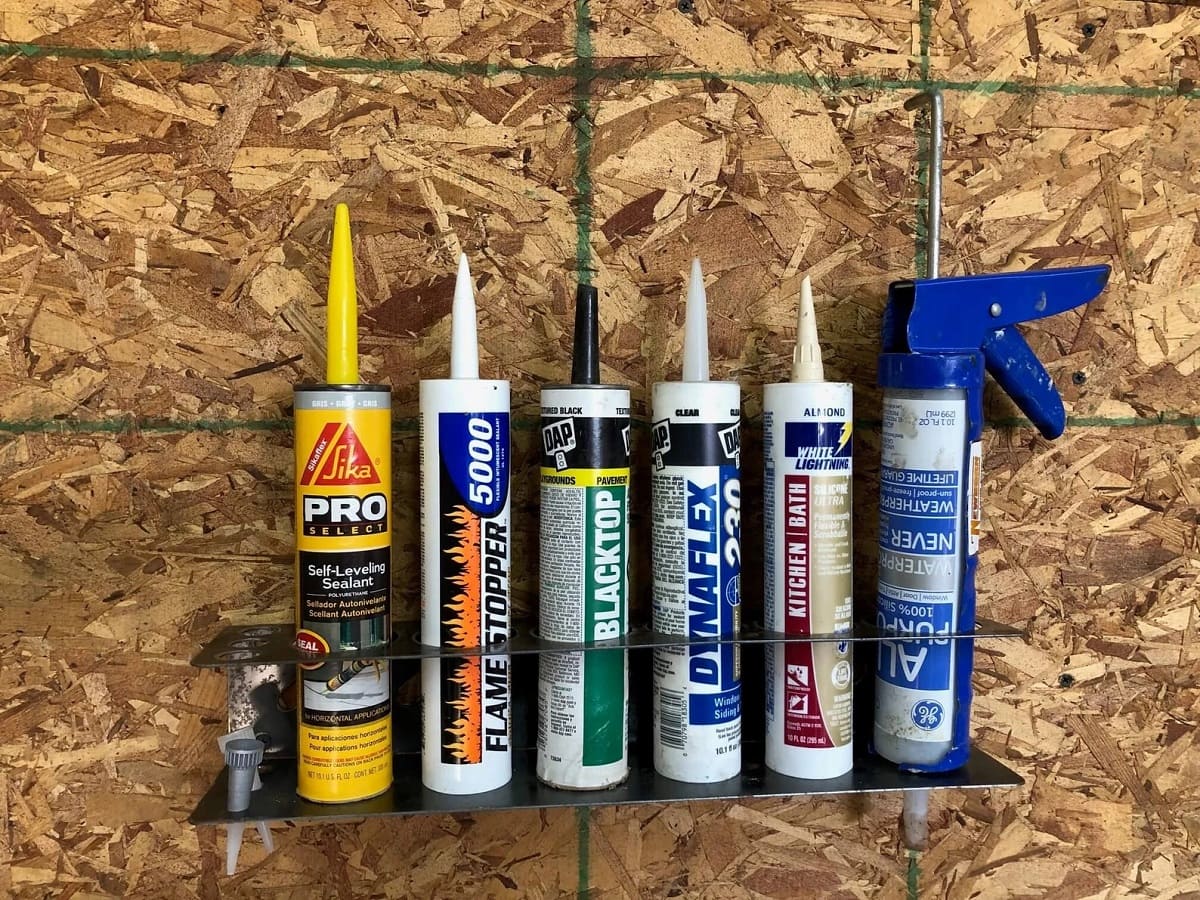
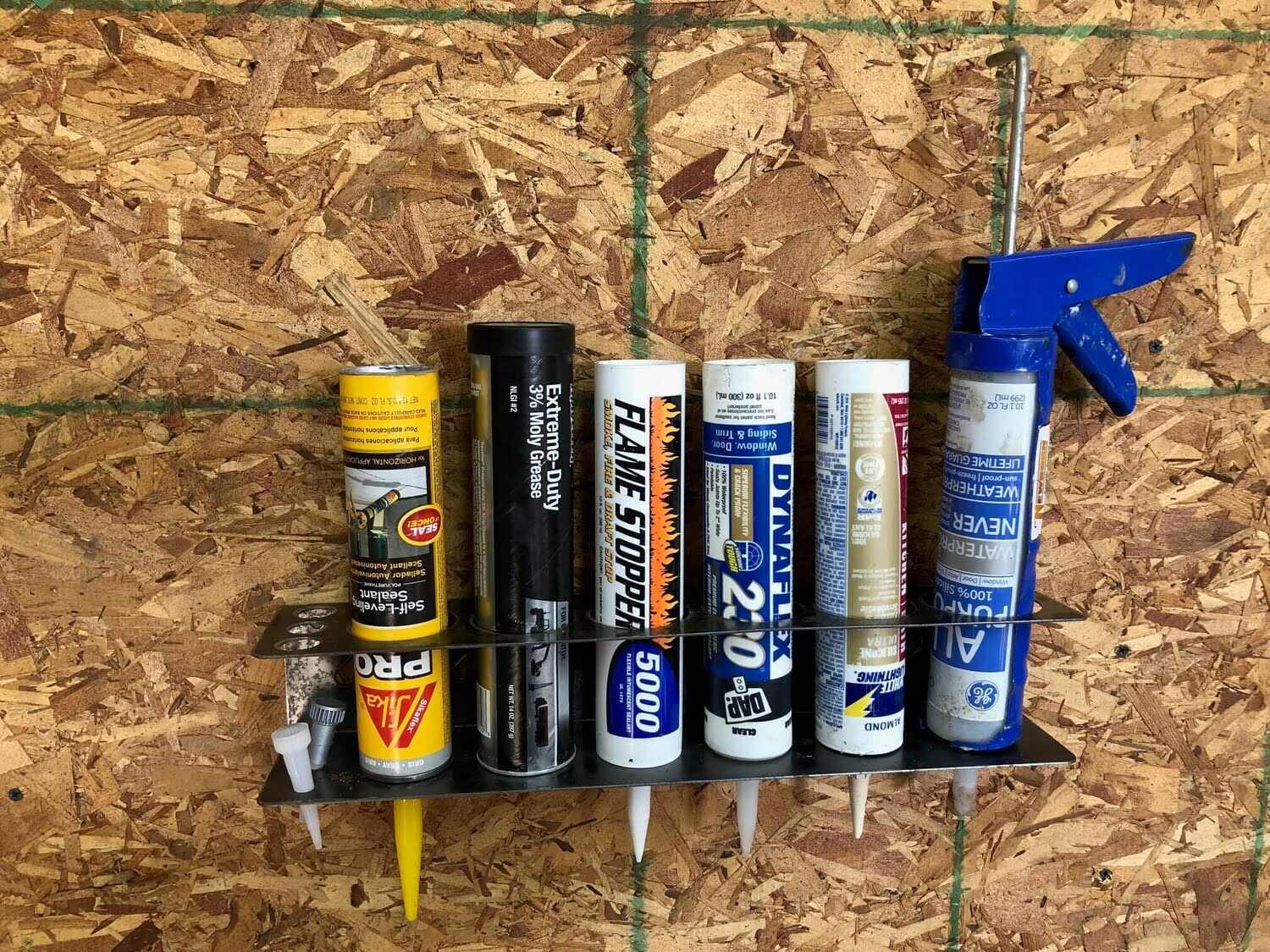
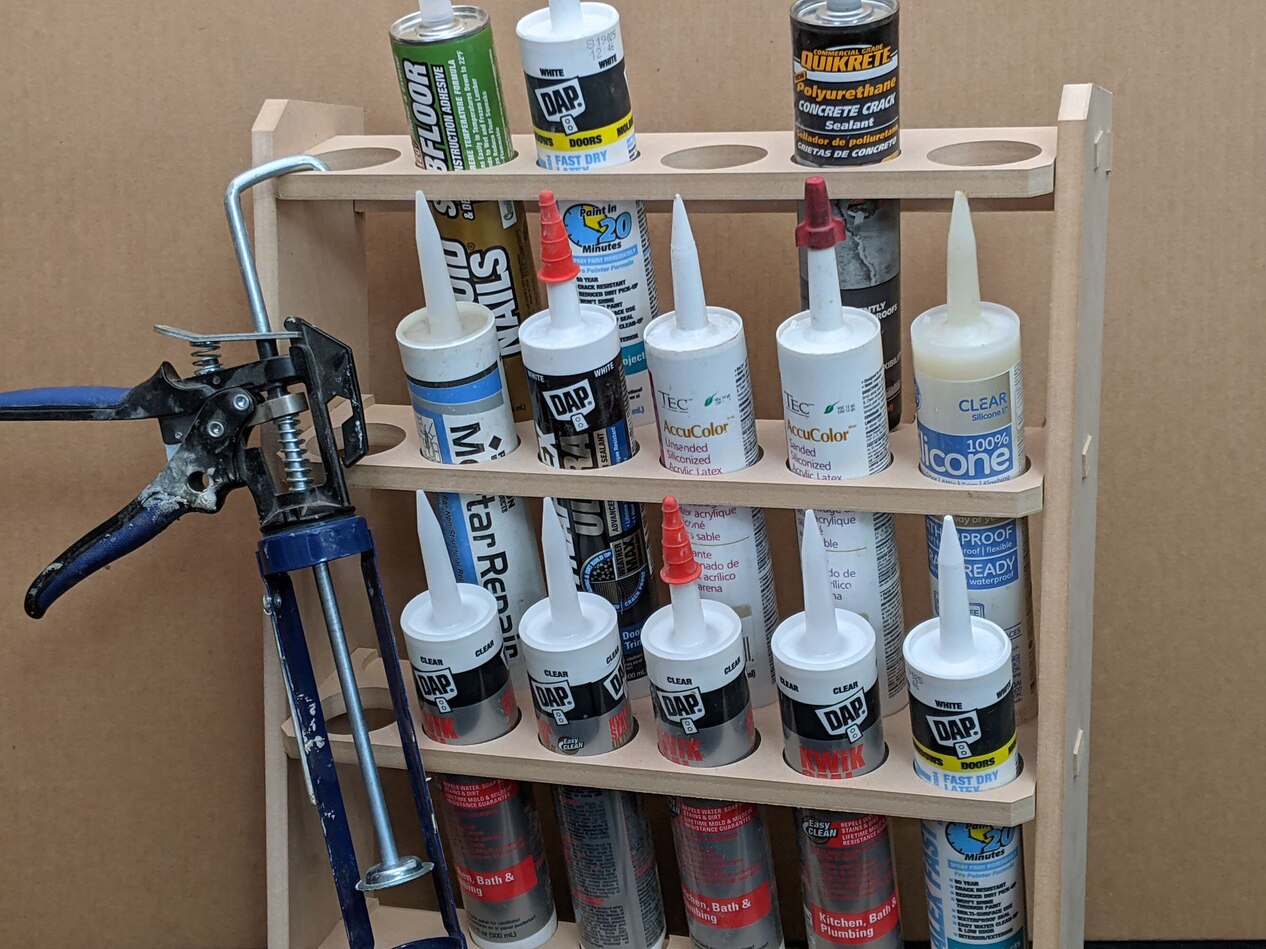
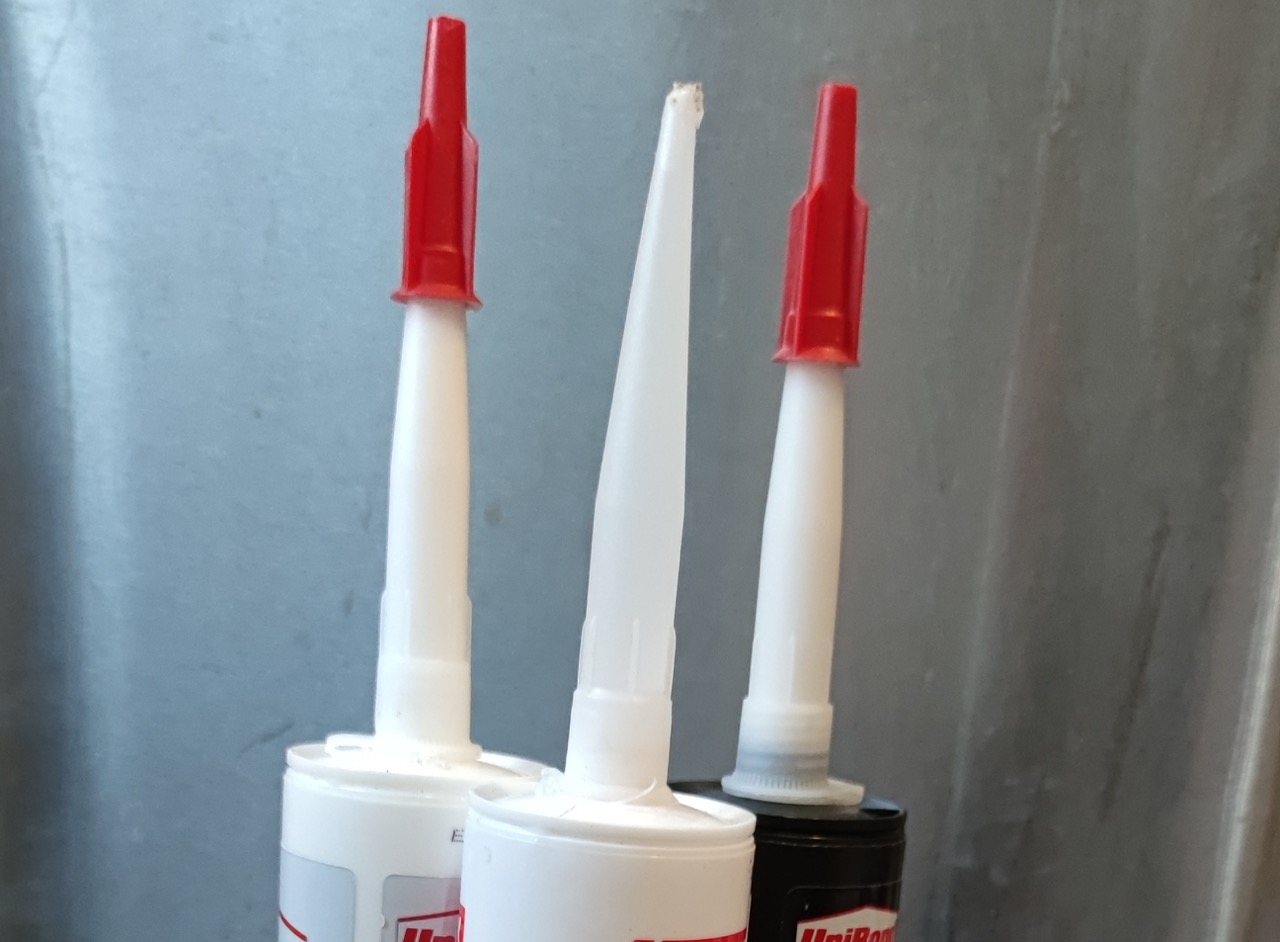
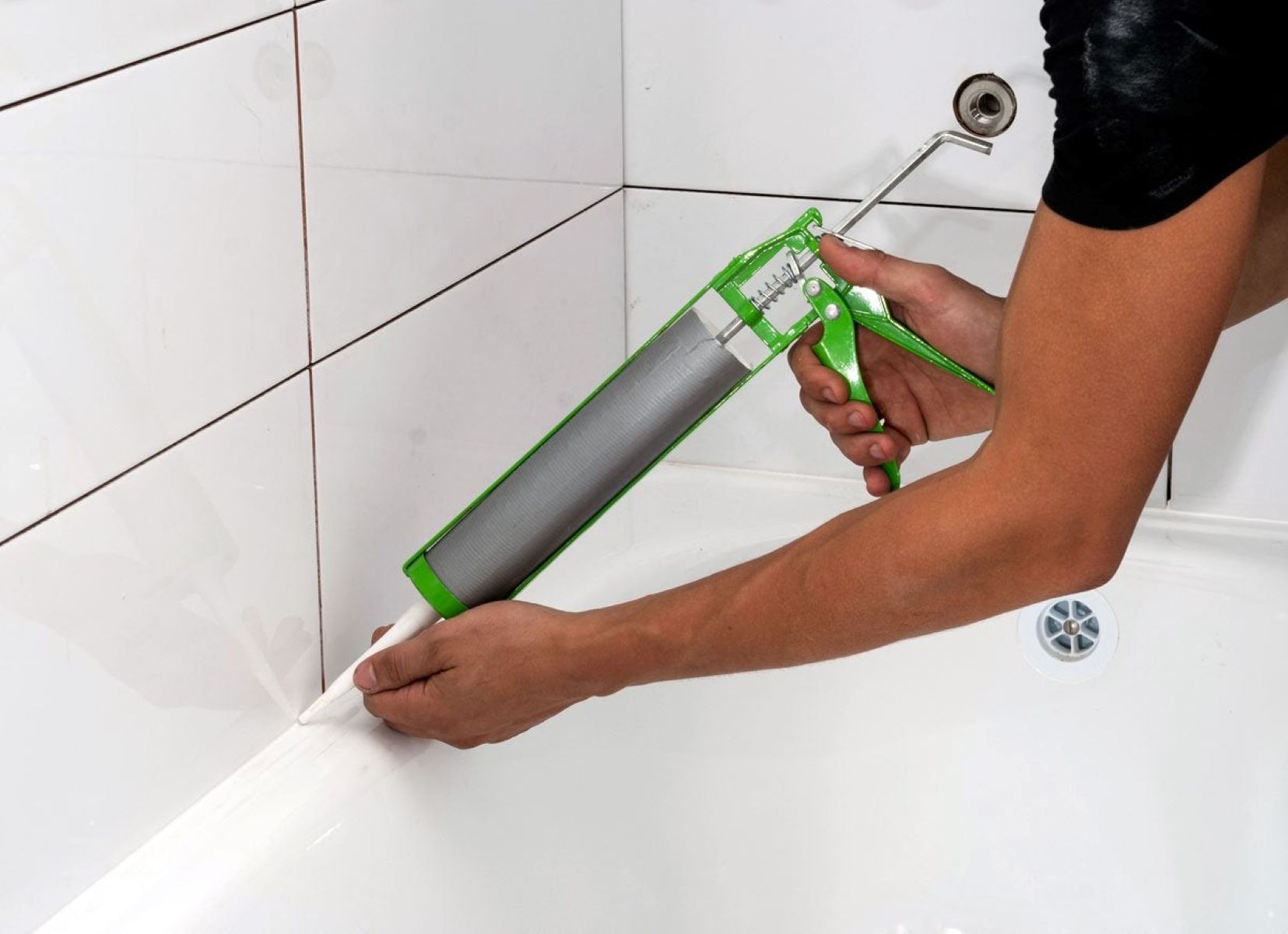
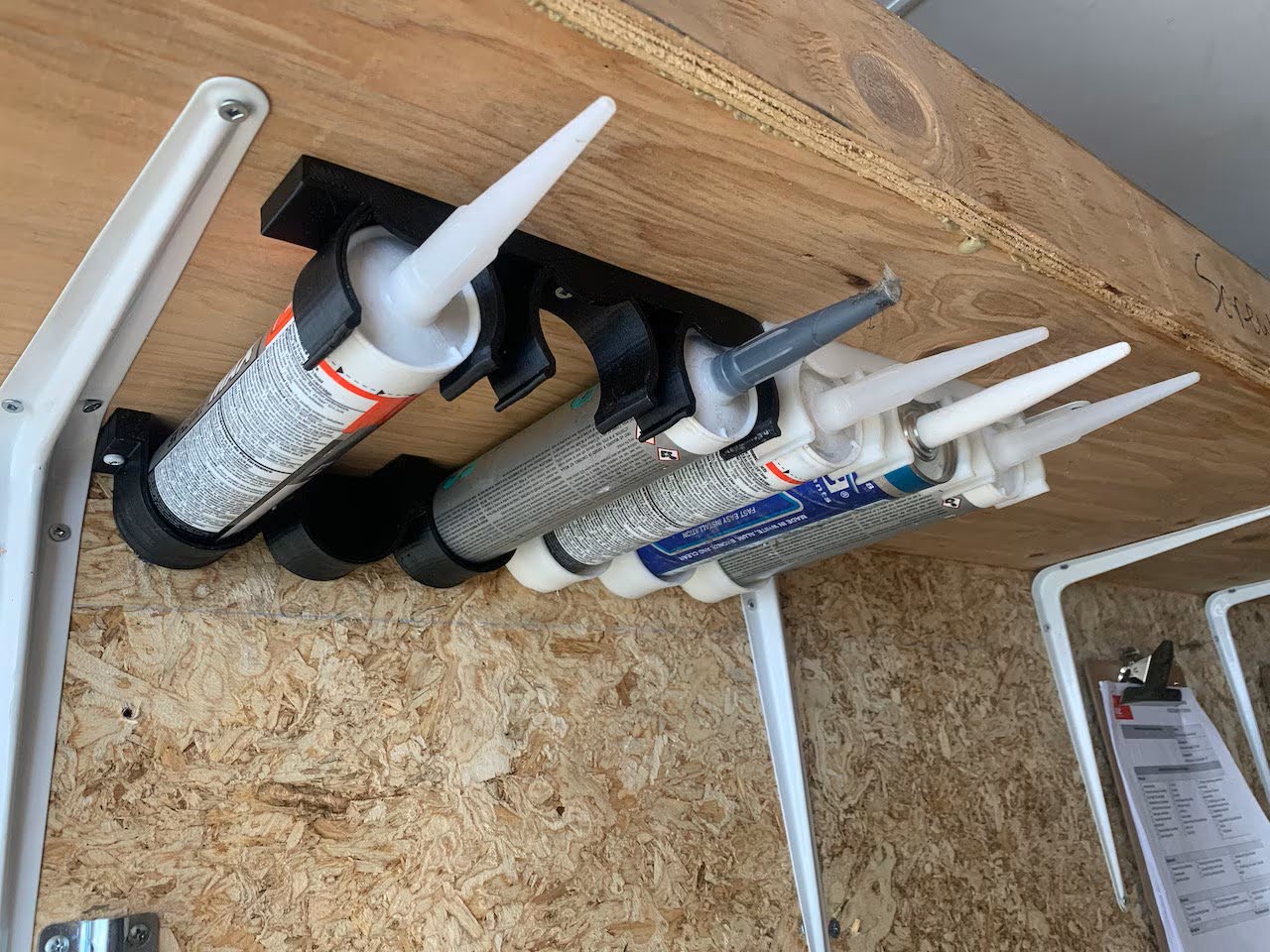
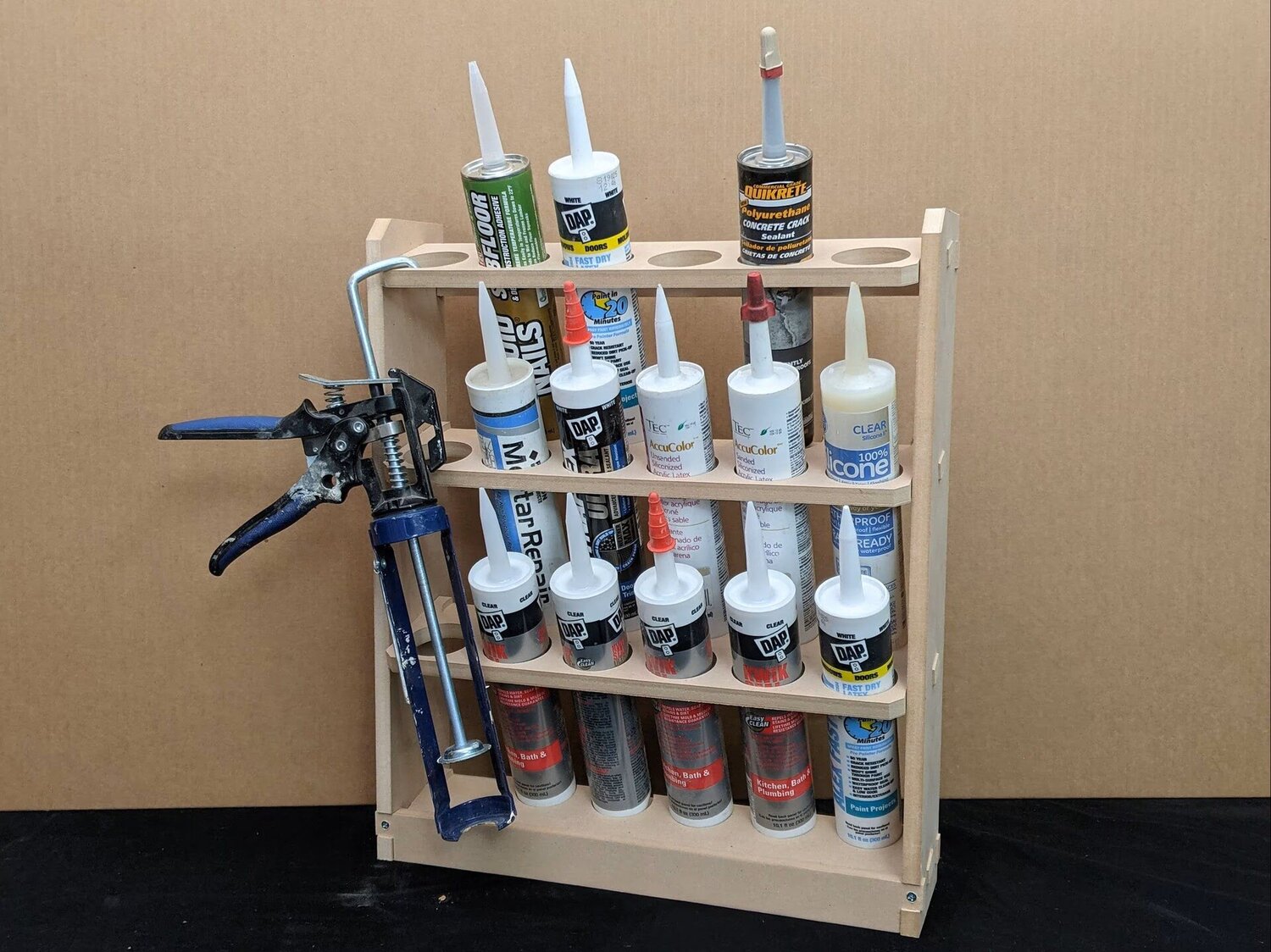
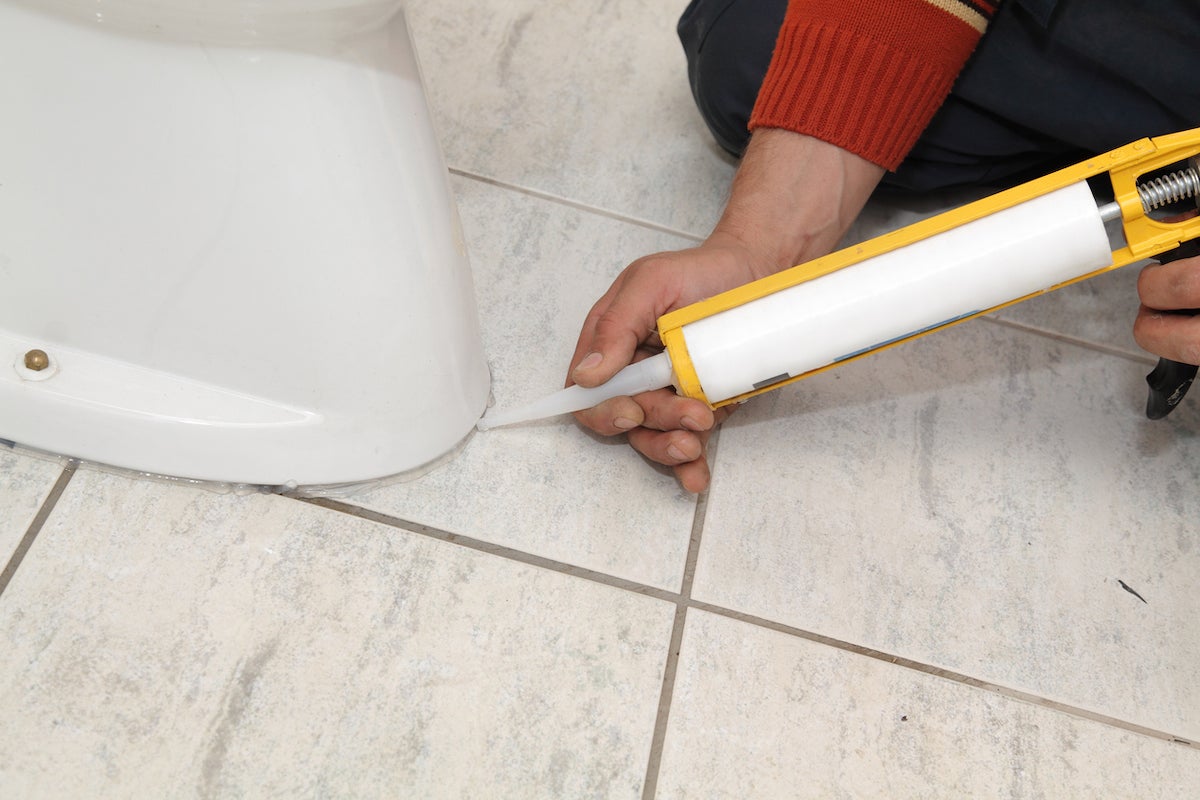
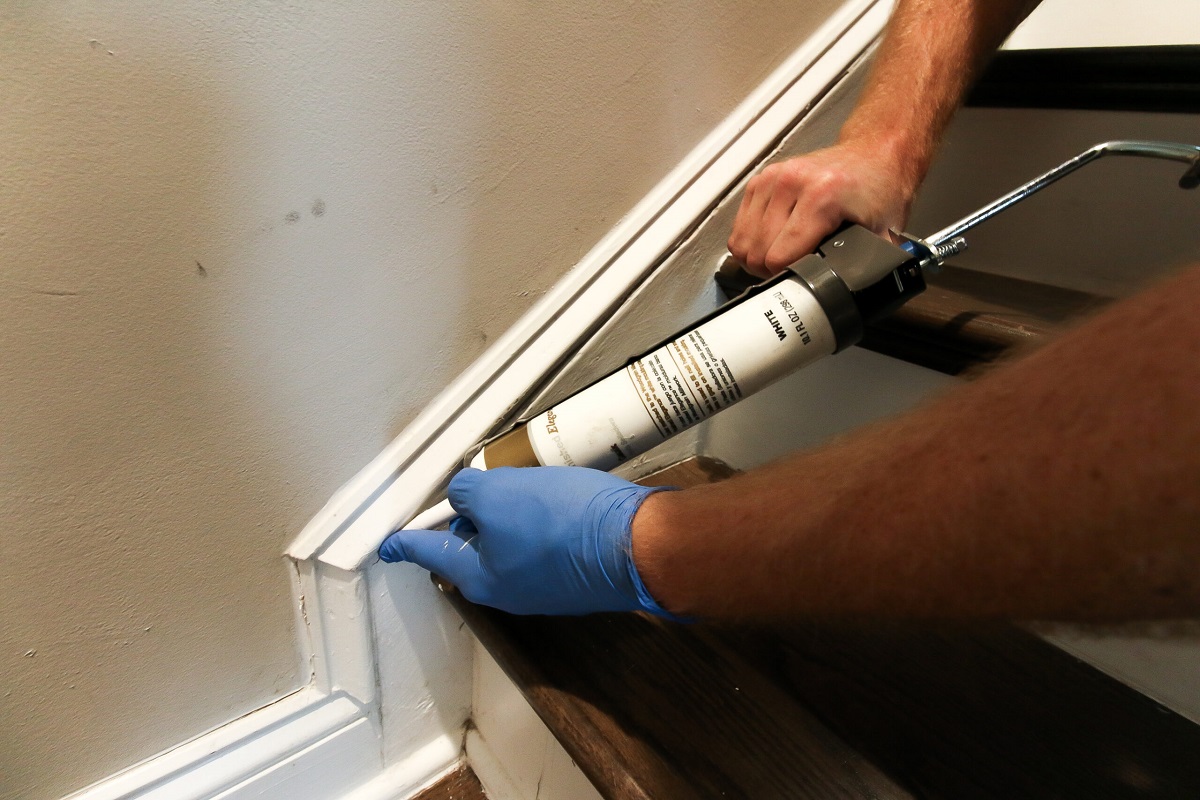
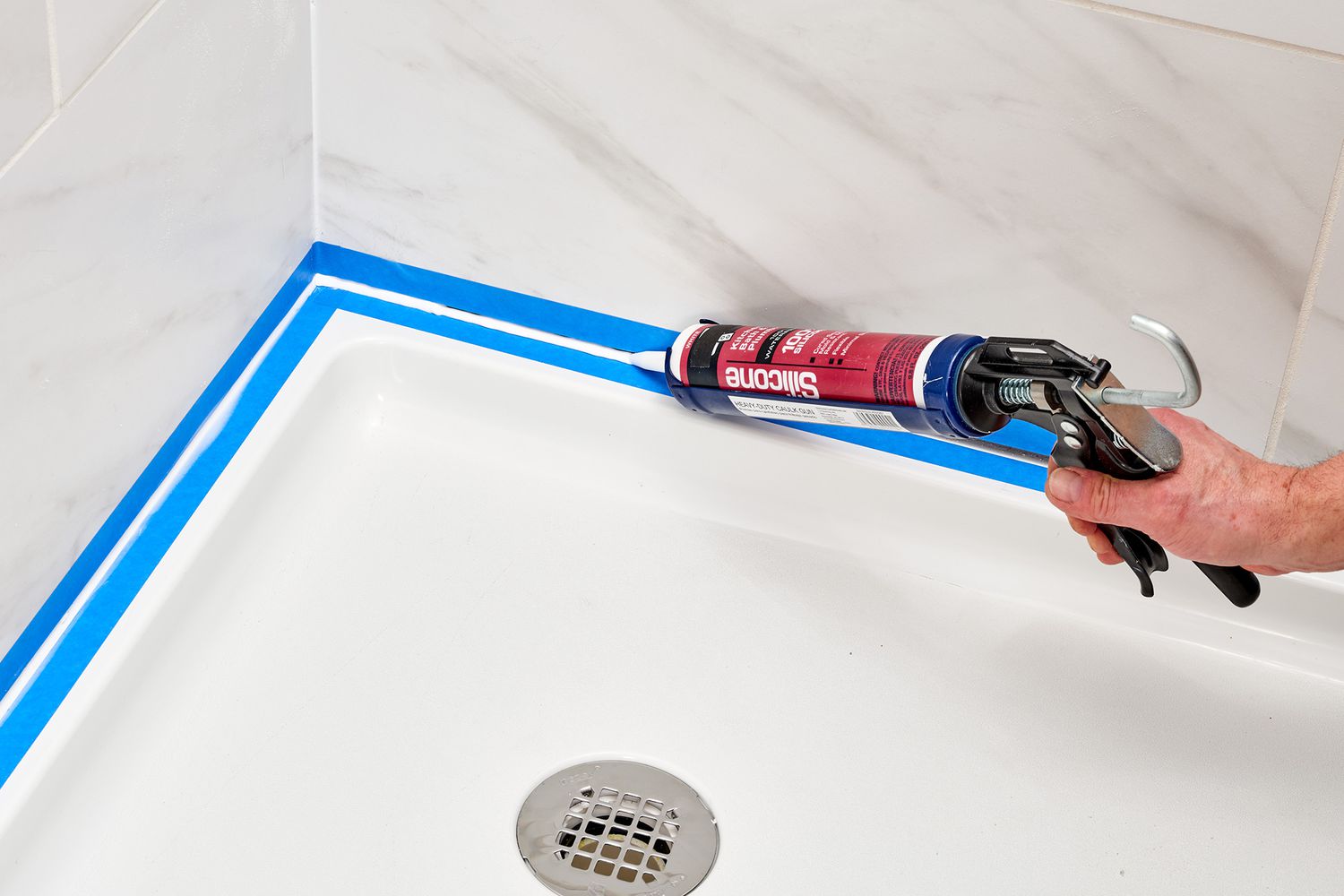
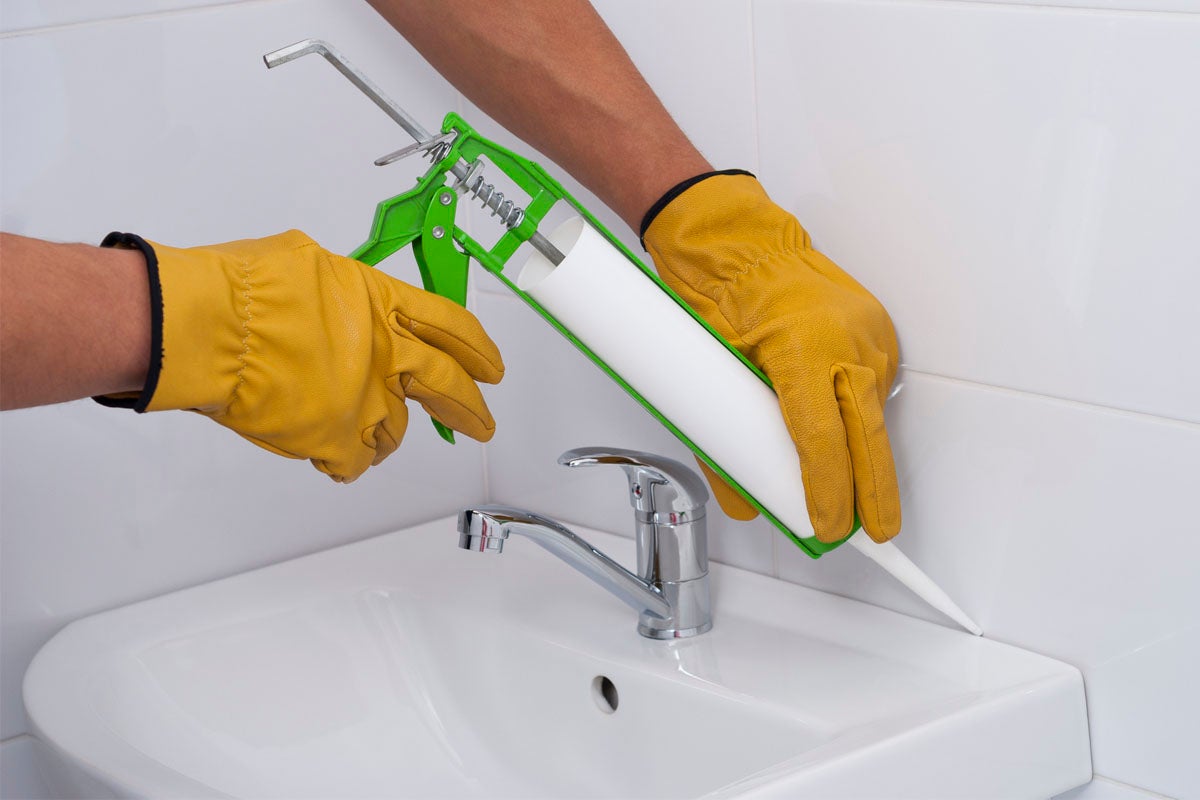
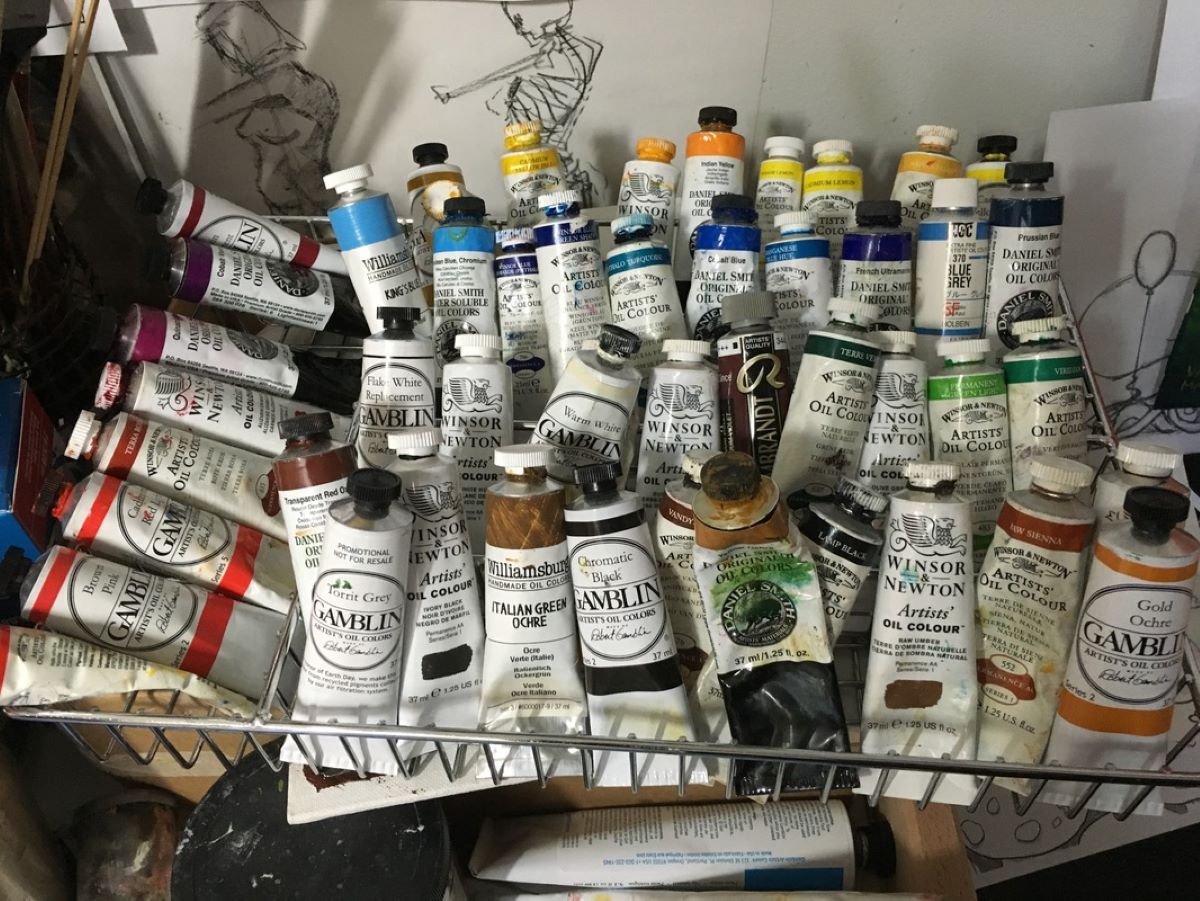
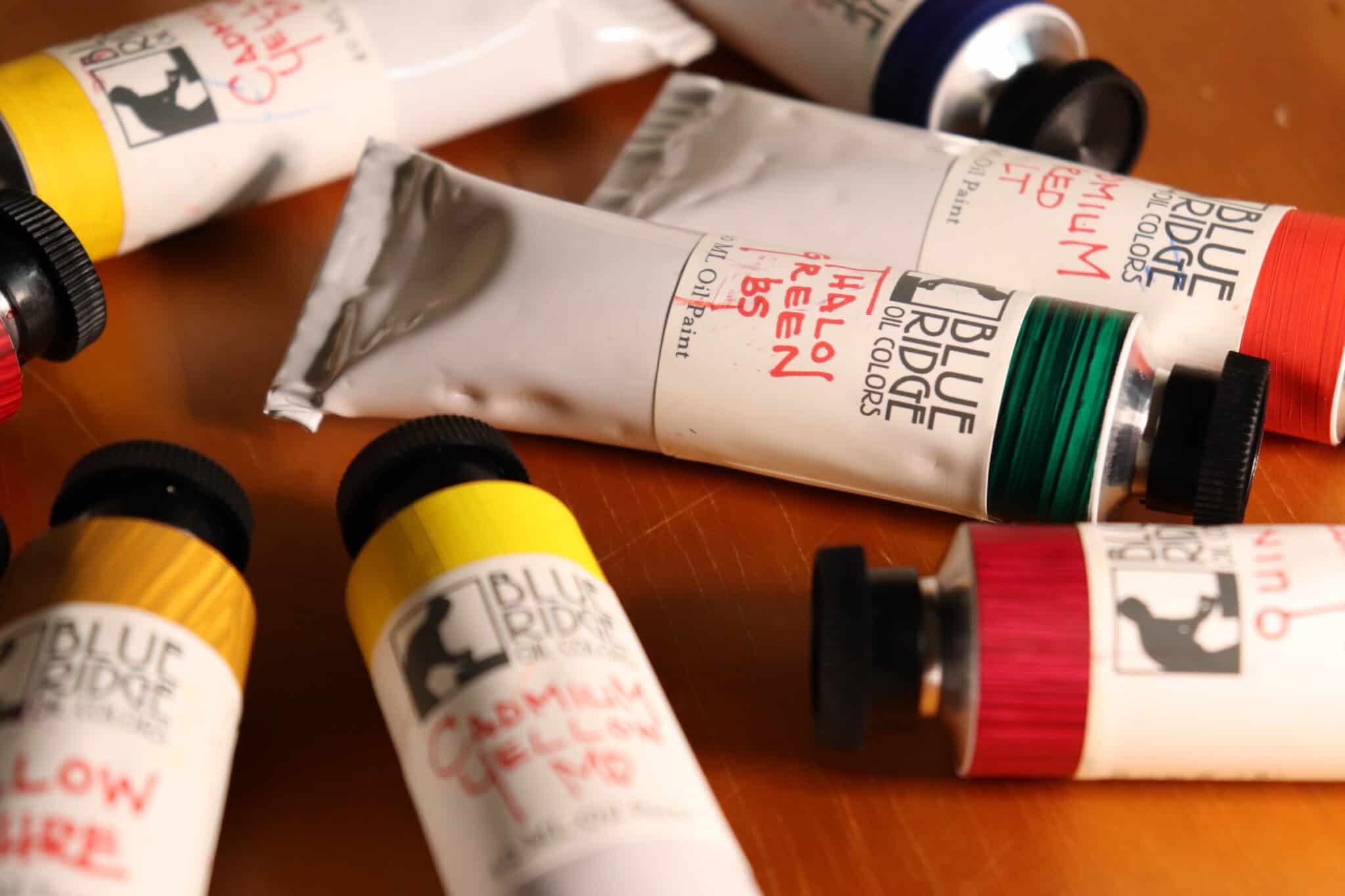

0 thoughts on “How To Store Caulk Tubes”